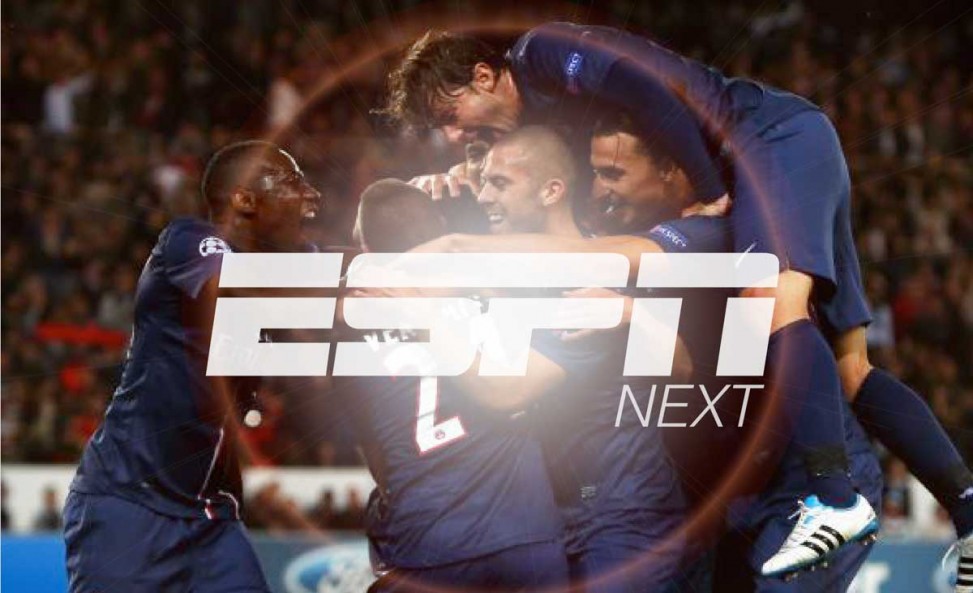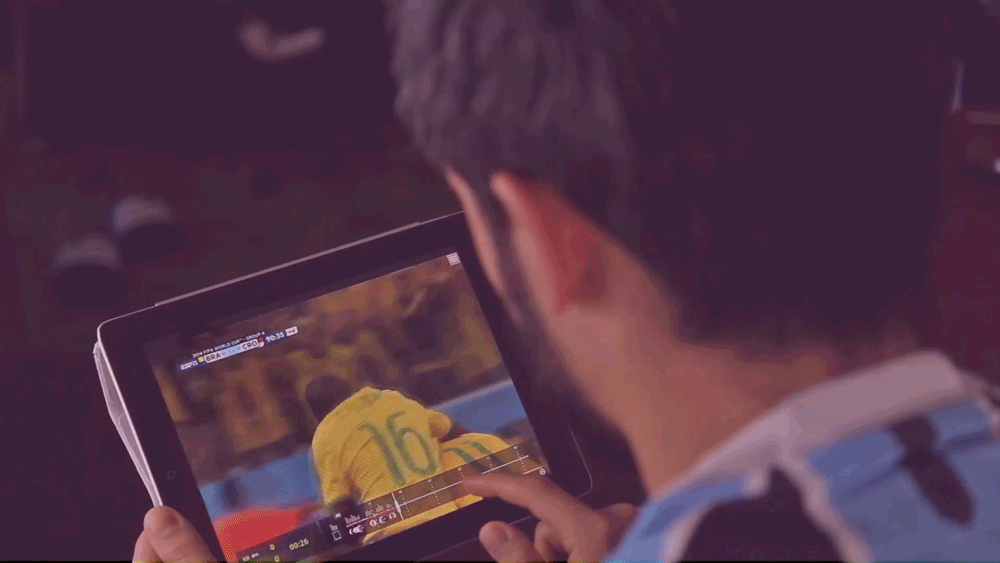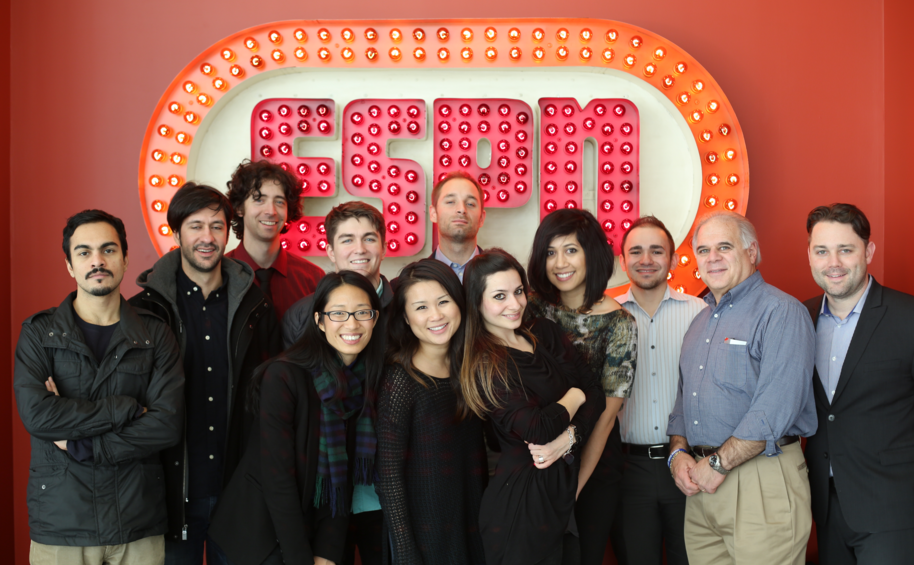ESPNNEXT
” We’re always looking for fresh ideas and creative solutions to improve our products, and the team did some truly impressive work in creating a functional prototype that addressed real-world challenges.” – CHRIS JASON, DIRECTOR OF PLATFORM PRODUCTS, ESPN
ESPNNEXT is a prototype of an immersive, all-in-one live sports viewing app for mobile devices. The goal: to grow ESPN’s online audience and deepen engagement with urban youth ages 18-34, connecting with a new generation of sports fans to “pass the torch.”
This project is a research project about the future of live sport consumption. I worked for ESPN in collaboration with Parsons and NYC Media Lab. We designed an interactive live feed viewing experience to create a deeper engagement with ESPN contents.
ESPN NEXT from Enrica Be on Vimeo.
ESPN NEXT from Enrica Be on Vimeo.

PROCESS
ESPN was looking for possible ways to connect with the next generation of sports fans, with particular attention to millennials.
Based on the ideas discussed during the initial brainstorm, as well as insights from additional discussions with ESPN executives, we proposed a menu of three possible project ideas:
(1) a site redesign with an emphasis on increasing engagement,
(2) templatized visualizations of sports stats
(3) developing ways to consume content online, with attention to live data, polling, and community activity.
we were asking questions like : what if ESPN is an app, containing not just live content but also VOD and replays? What would the future of
watching live sports look like?
Over the course of 8 weeks,we conducted field research on millennial online behaviors and explored existing literature on current platforms and trends.
PROJECT TIMELINE:
PHASE 1 // DISCOVERY
ESPN executives met with a group of faculty and students from Parsons The New School for Design for a brainstorm to explore existing products, available research, API capabilities, and potential design opportunities. Of these students, eight were recruited to participate in the project through its completion, led by assistant professor Nick Fortugno.
PHASE 2 // INITIAL CONCEPTS
Based on the takeaways from the discovery phase, the Parsons team began to develop initial concepts for the project. Through discussion and playtesting of paper prototypes, the team proposed a menu of three possible project ideas. The idea that most interested ESPN: a product exploring the future of the live viewing experience.
PHASE 3 // RESEARCH & DESIGN
The team pursued a range of methods to better understand millennial habits and preferences; research techniques encompassed in-person interviews, fi eld research, and examining existing literature. Based on their fi ndings, they began to design the product, beginning with wireframes and a list of possible features.
PHASE 4 // PROTOTYPING
With the design and features list in place, the team began to develop a prototype of the product for tablets. ESPN’s Chris Jason connected with the team periodically to review the workin- progress mockups and to provide feedback.
PHASE 5 // FINAL INTERACTIVE PROTOTYPE
The seed project concluded with a final group presentation and facility tour at ESPN’s headquarters in Bristol, Connecticut. Ten executives from ESPN joined for the project presentation, which sparked a discussion about possible new features and areas to explore.



